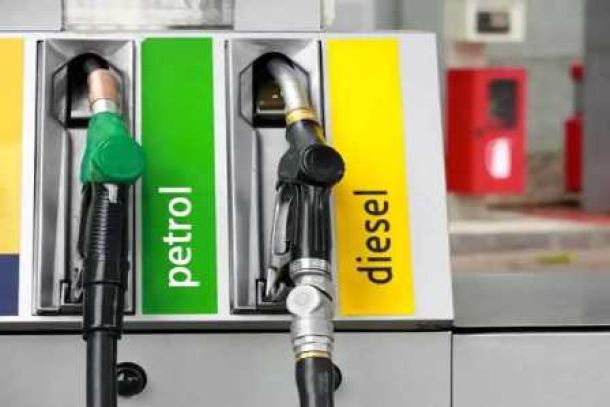Signs of food price relief for next year
Annual producer inflation slowed sharply in September, with economists saying there could be food price relief in 2017 should the trend continue.
Headline producer price index (PPI) growth decelerated to 6.6% year on year in September from 7.2% in August.
The main contributors to the annual rate were food, beverages and tobacco products; and metals, machinery, equipment and computing equipment.
Although food inflation remained high at 13.1% year on year in September, it decelerated slightly from 13.4% in August.
The deceleration in producer inflation, particularly food products inflation, is good news and suggests that consumer inflation could also ease in 2017 on a slower pace of increase in food prices.
This would support stable interest rates and possibly even a cut in the second half of 2017.
More good news, Investec group economist Annabel Bishop said, was that planting for a number of crops was likely to increase substantially in 2017 on higher expected rainfalls, which should moderate food price inflation, and help reduce consumer and producer inflation.
Lower inflation prints, particularly ones consistently tending towards 5%, would be likely to end the upward interest rate cycle in SA, Bishop added.
Agbiz head of economic and agribusiness intelligence Wandile Sihlobo said while grain mill and dairy products inflation could slow in coming months, meat and meat products were likely to remain an upward risk to overall food products inflation as the slaughtering rate was set to slow over the coming months, thus lifting prices.
Statistics SA released four other PPIs: for intermediate manufactured goods; electricity and water; mining; and agriculture, forestry and fishing.
The annual PPI increase for agriculture, forestry and fishing declined to 14.5% in September from 16.1% in August, suggesting that some of the price pressures brought on by the drought are starting to abate.
Producer inflation was likely to ease in coming months, Nedbank economist Johannes Khosa said.
Upward pressure would continue to come from higher food prices due to the effect of the drought, he said.
However, much would also depend on the performance of the rand, he added.
News Category
- International retailers
- On the move
- Awards and achievements
- Legislation
- Wine and liquor
- Africa
- Going green
- Supplier news
- Research tools
- Retailer trading results
- Supply chain
- Innovation and technology
- Economic factors
- Crime and security
- Store Openings
- Marketing and Promotions
- Social Responsibility
- Brand Press Office
Related Articles

Shoprite increases executive pay as consumers t...

Unions slam SA retailers for ‘profiteering’ as ...

Major Petrol Price Changes on the Horizon

Retailers not cutting food prices fast enough -...


